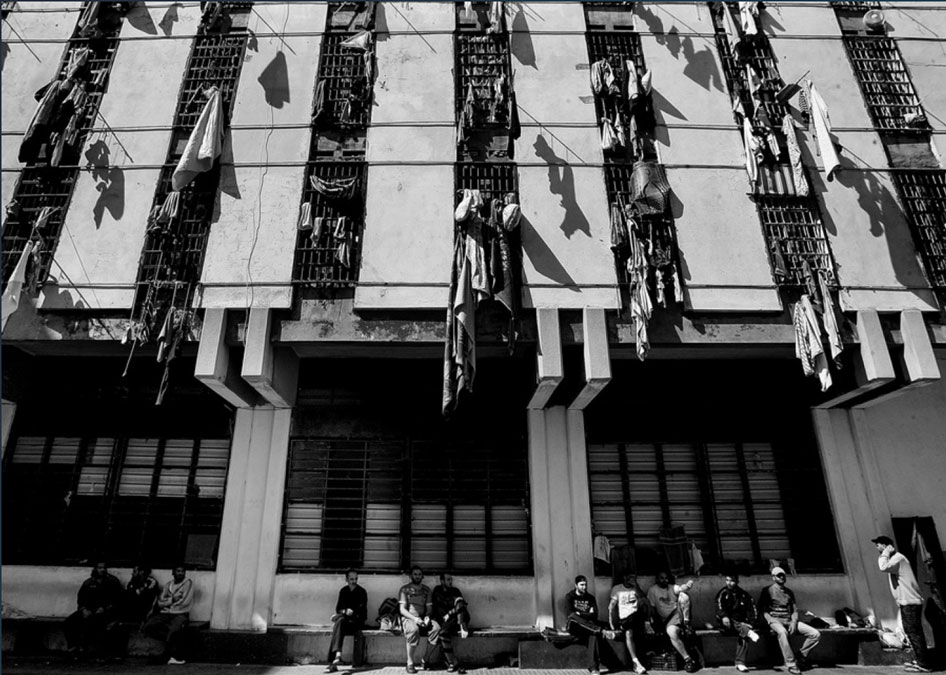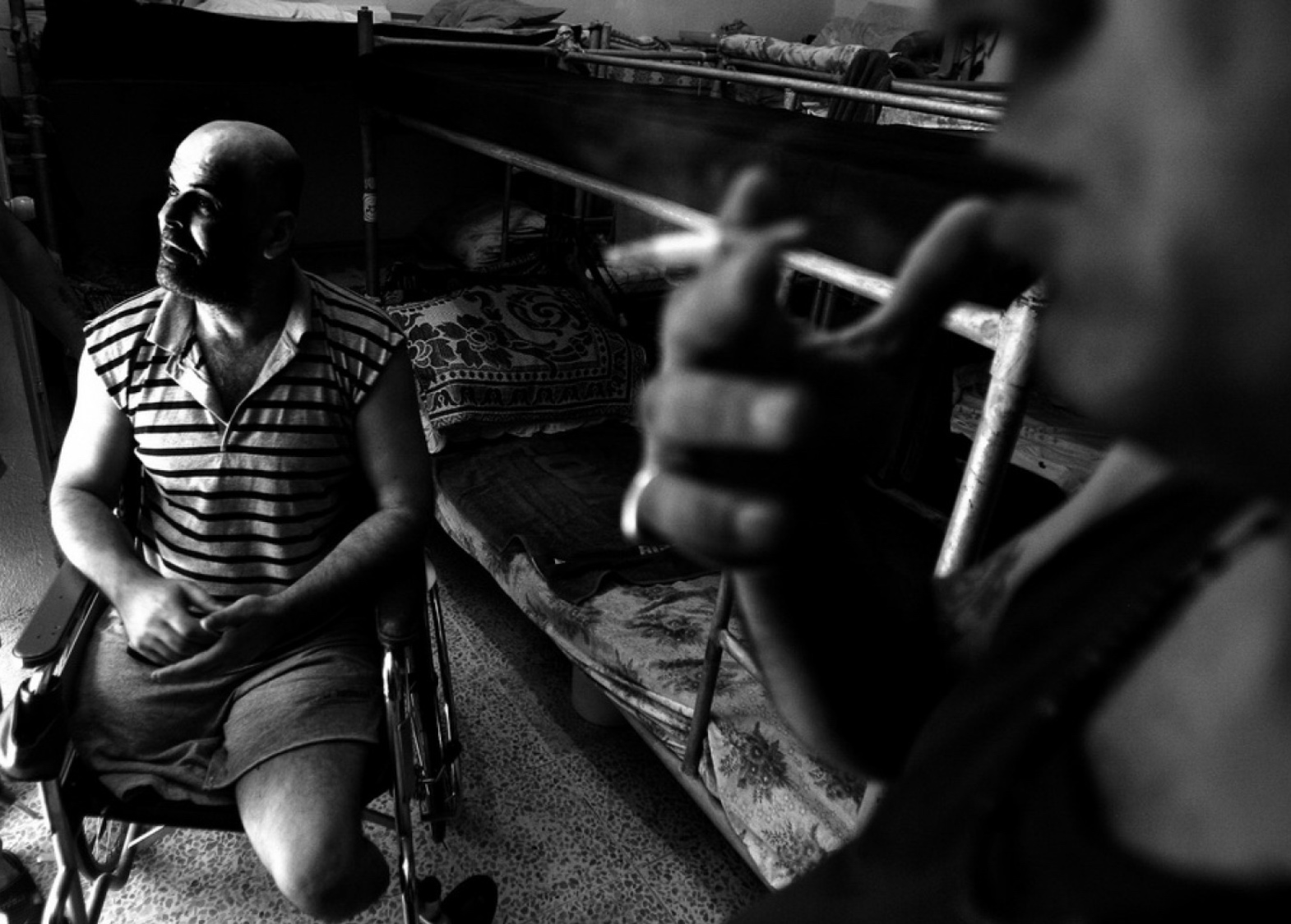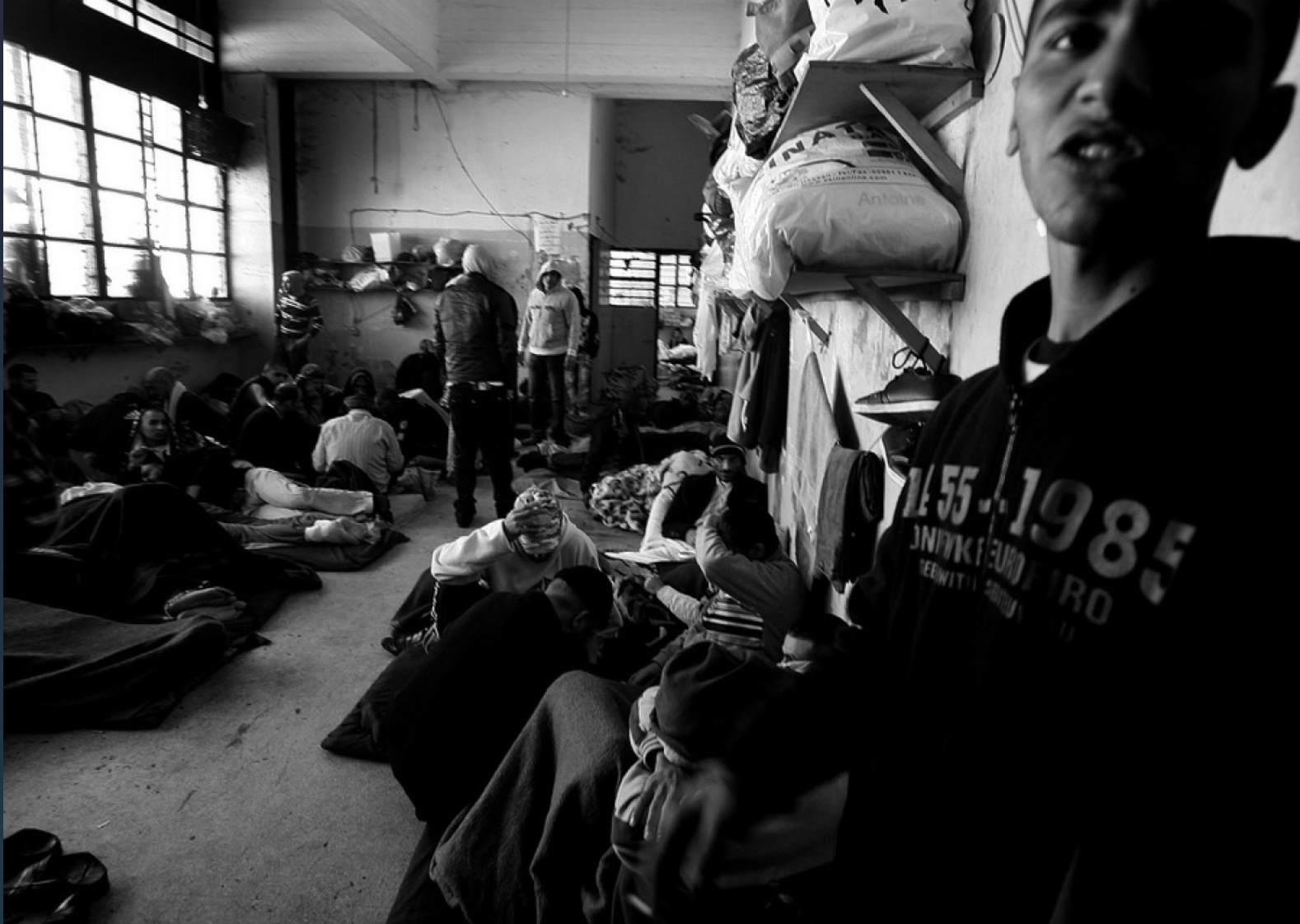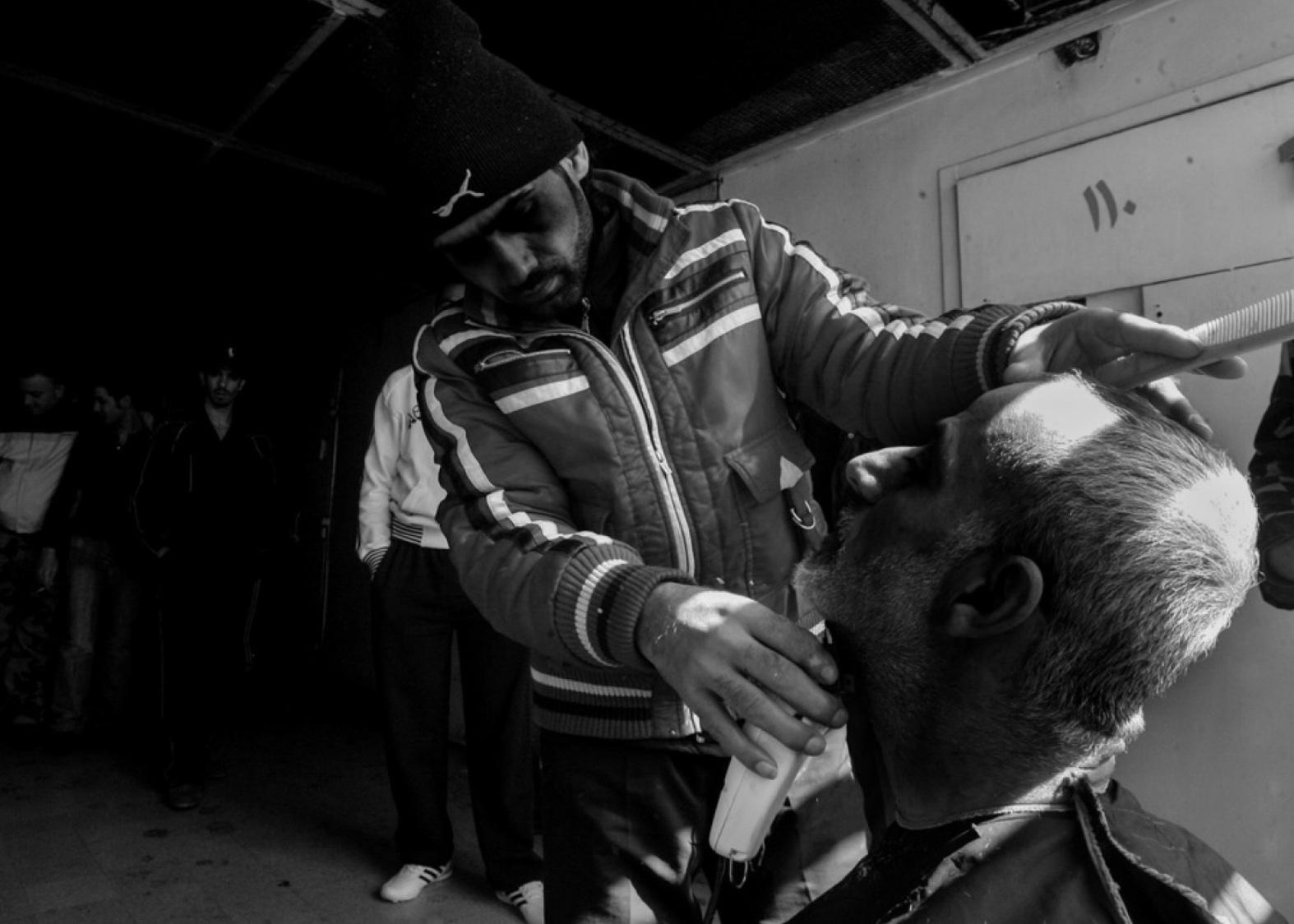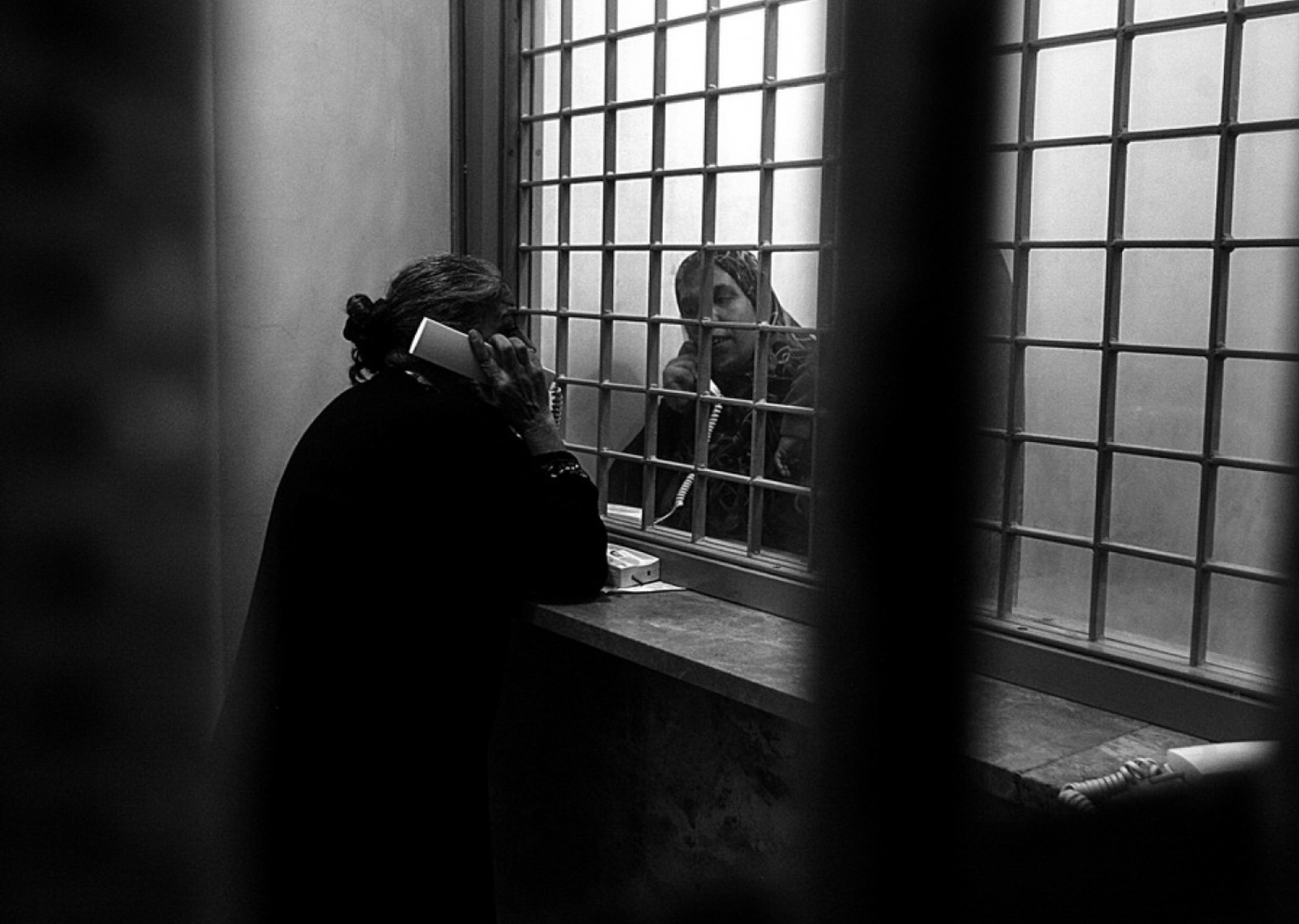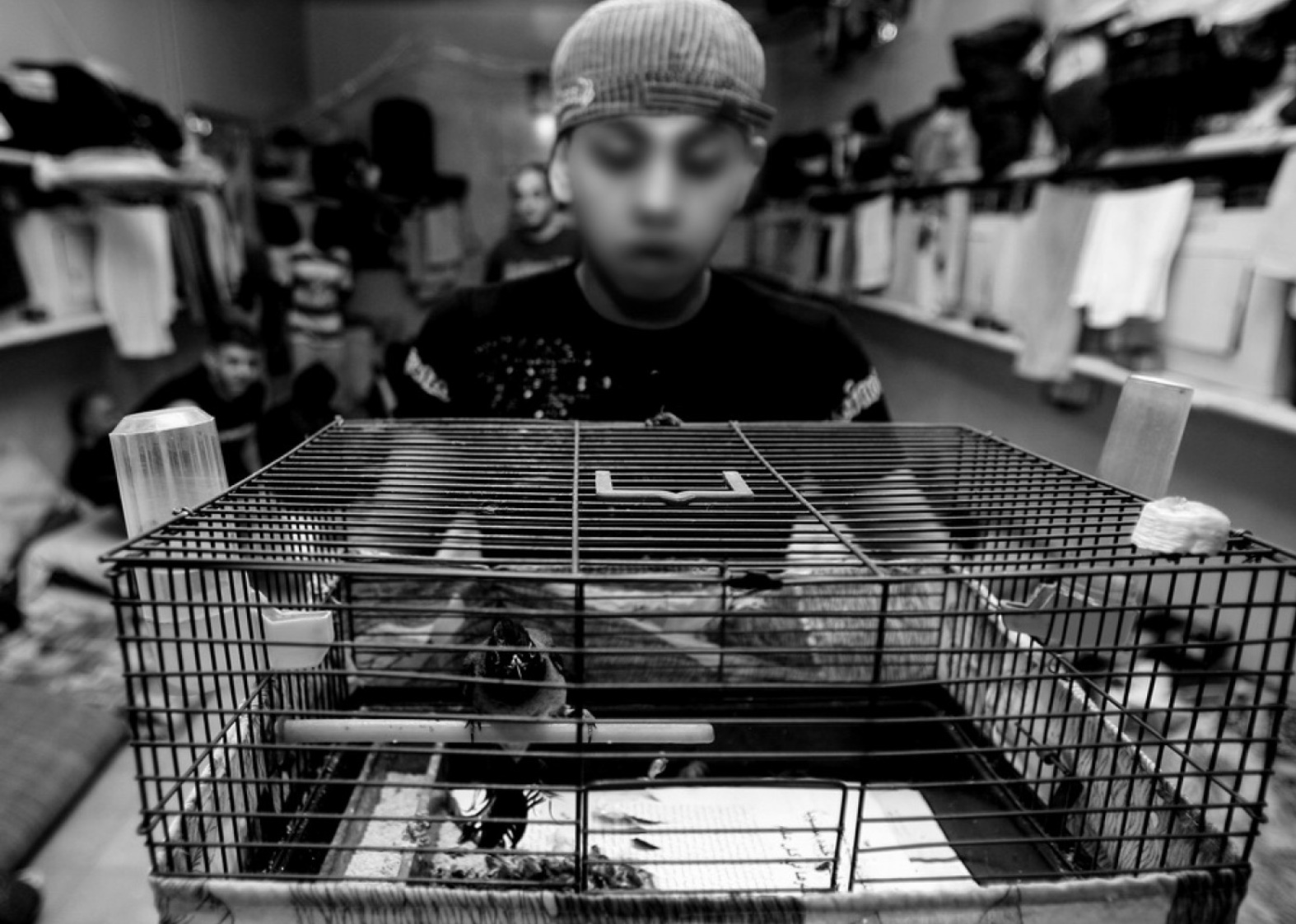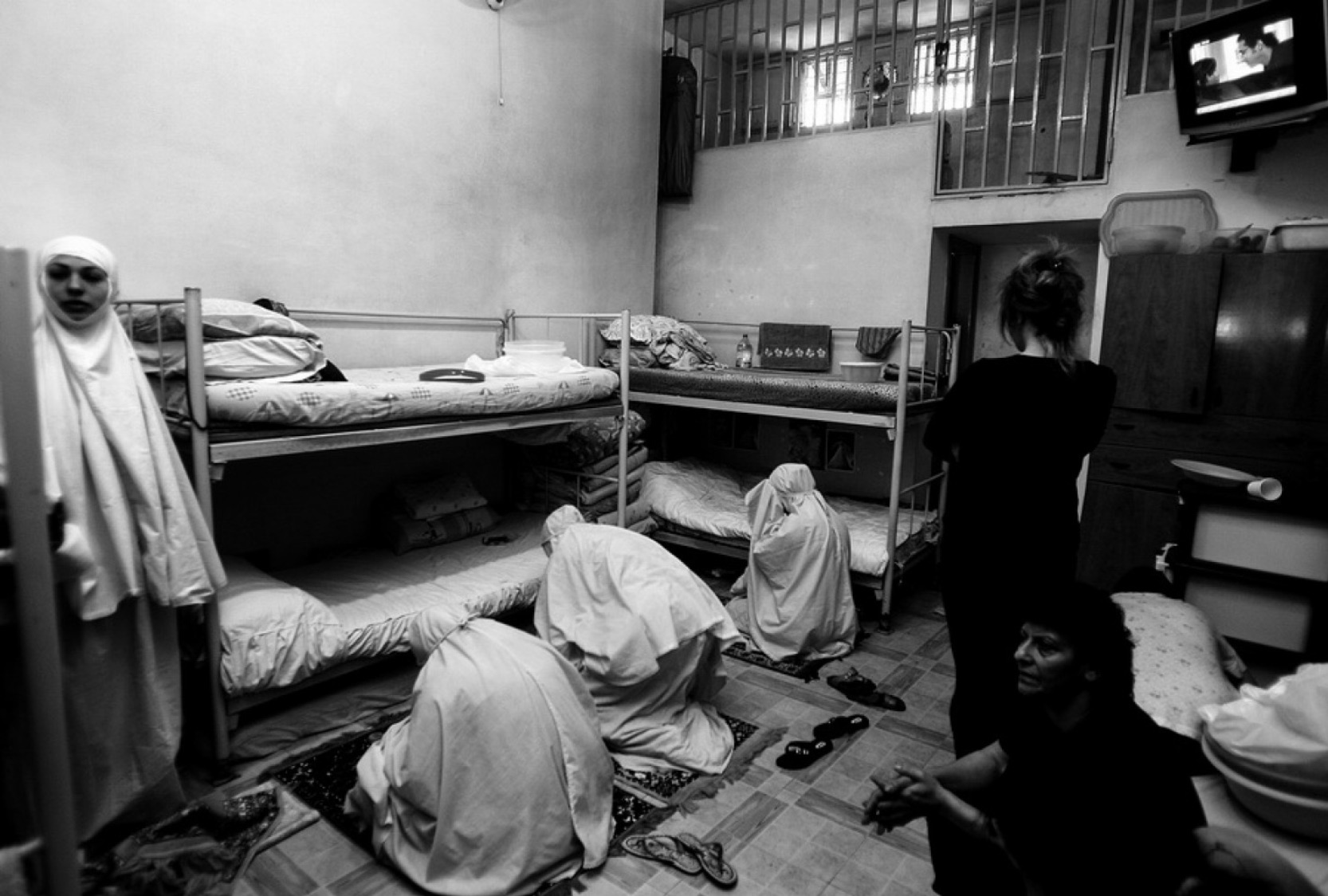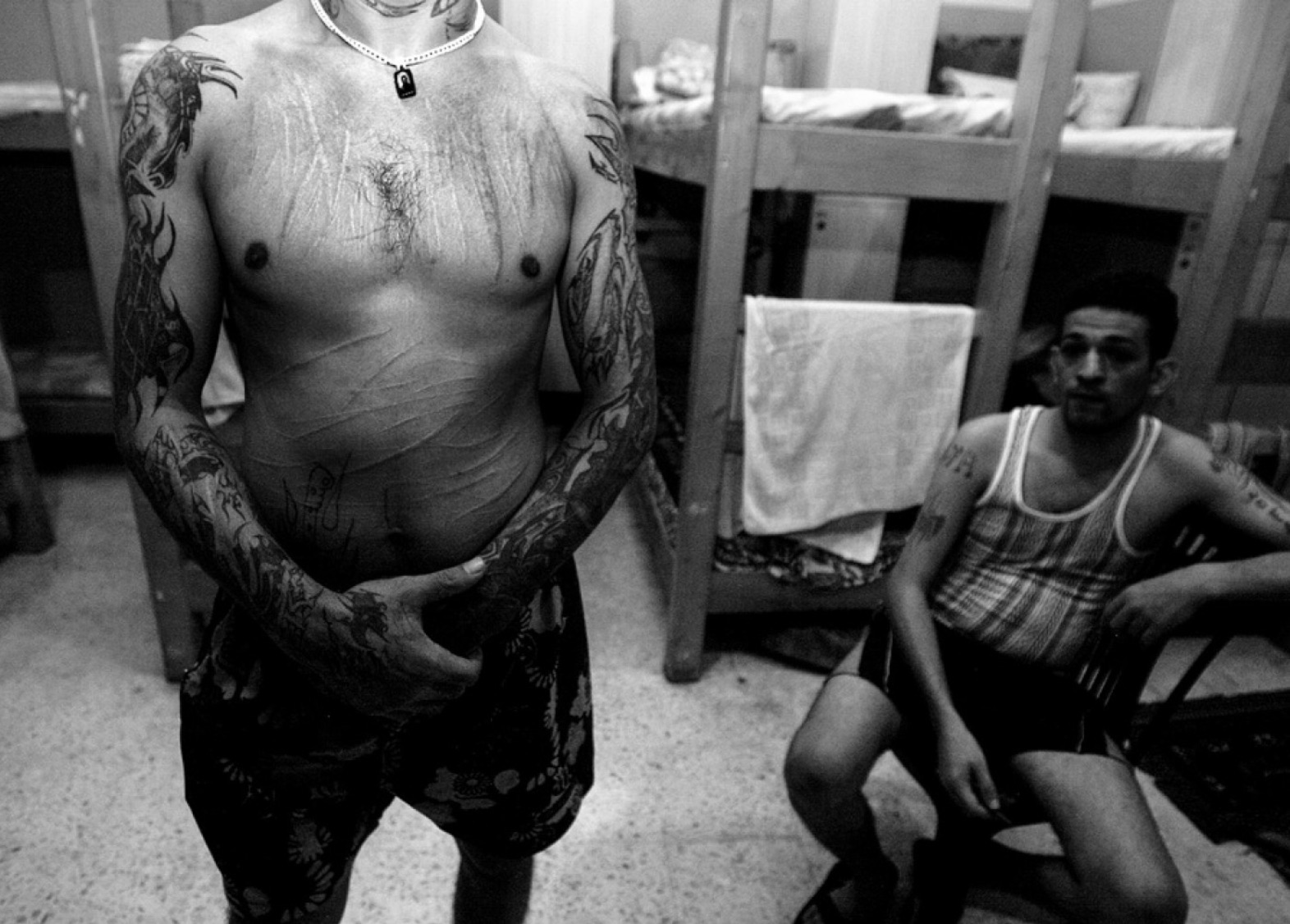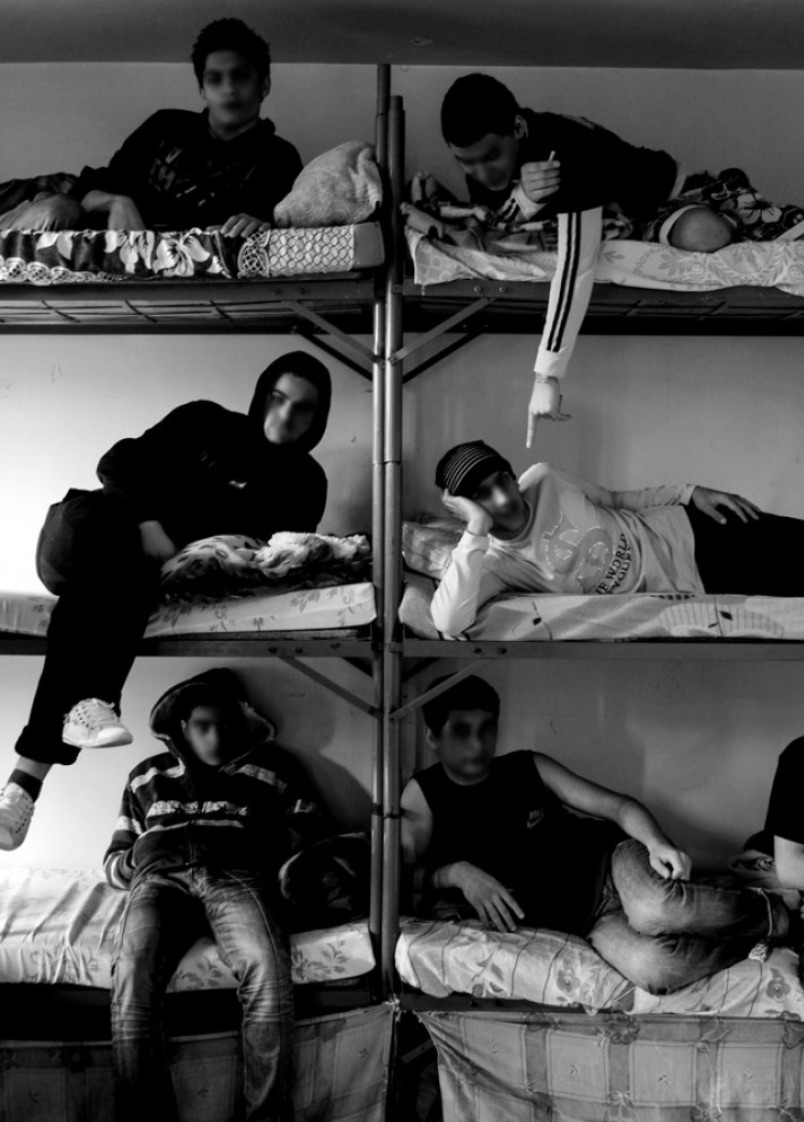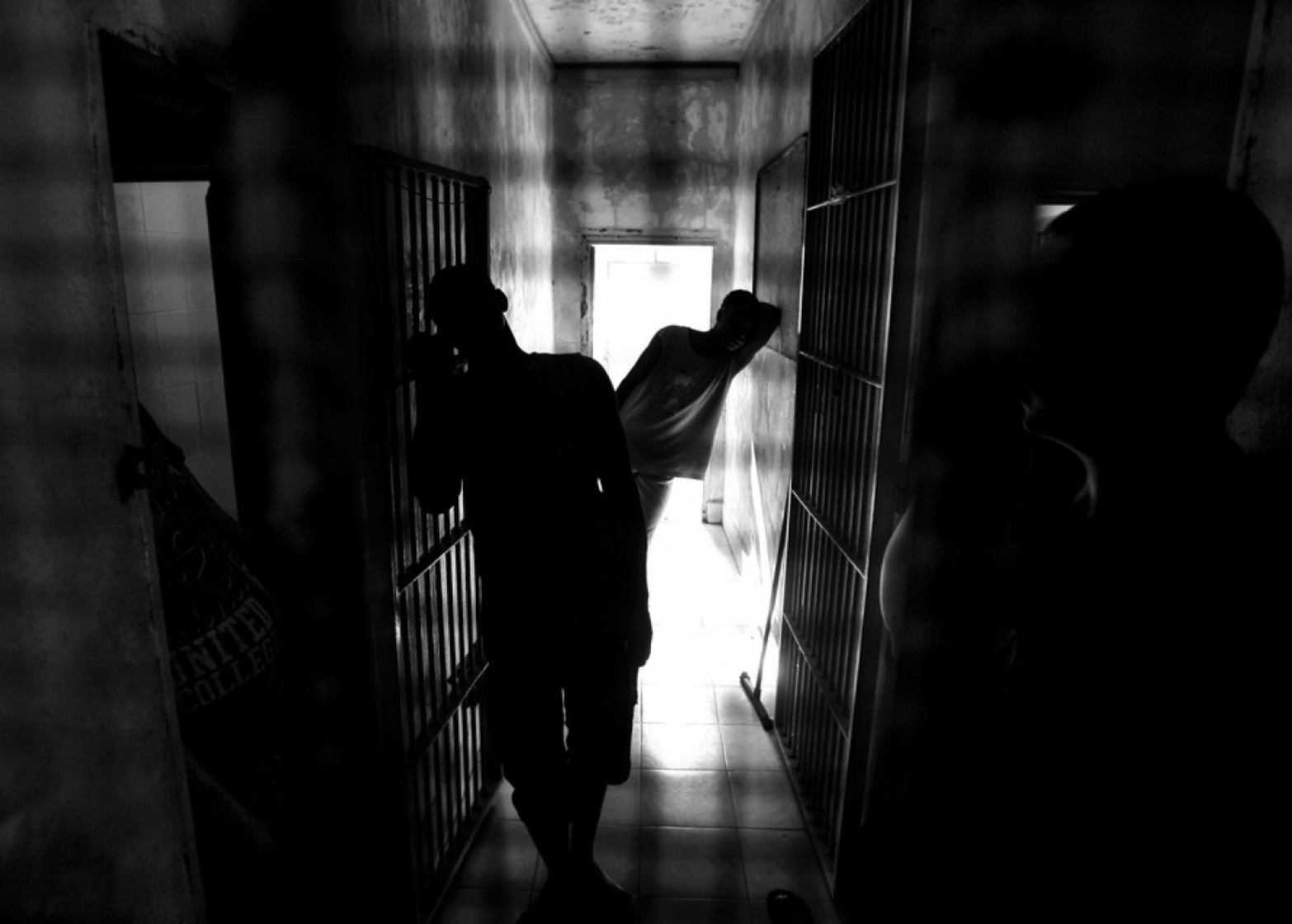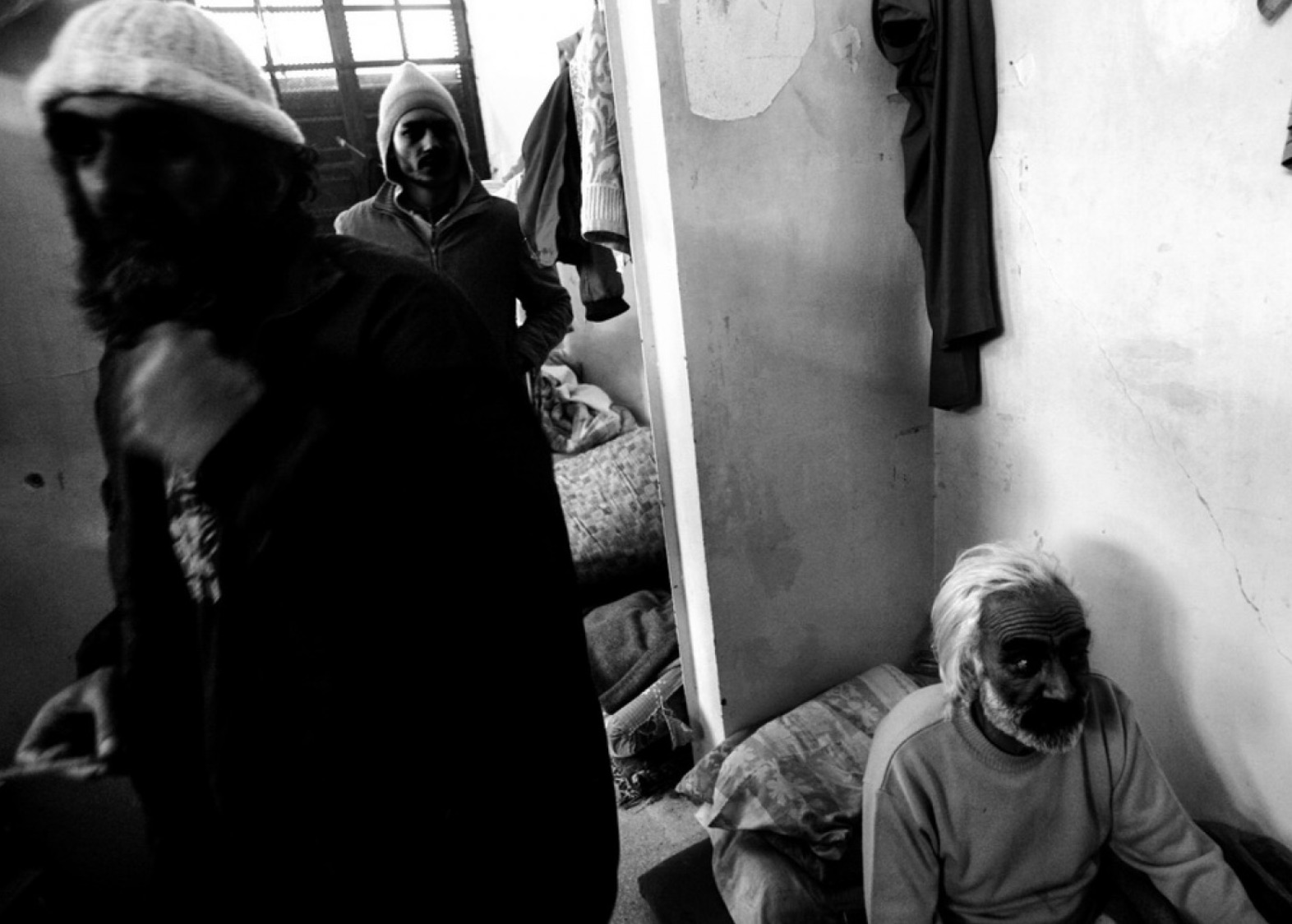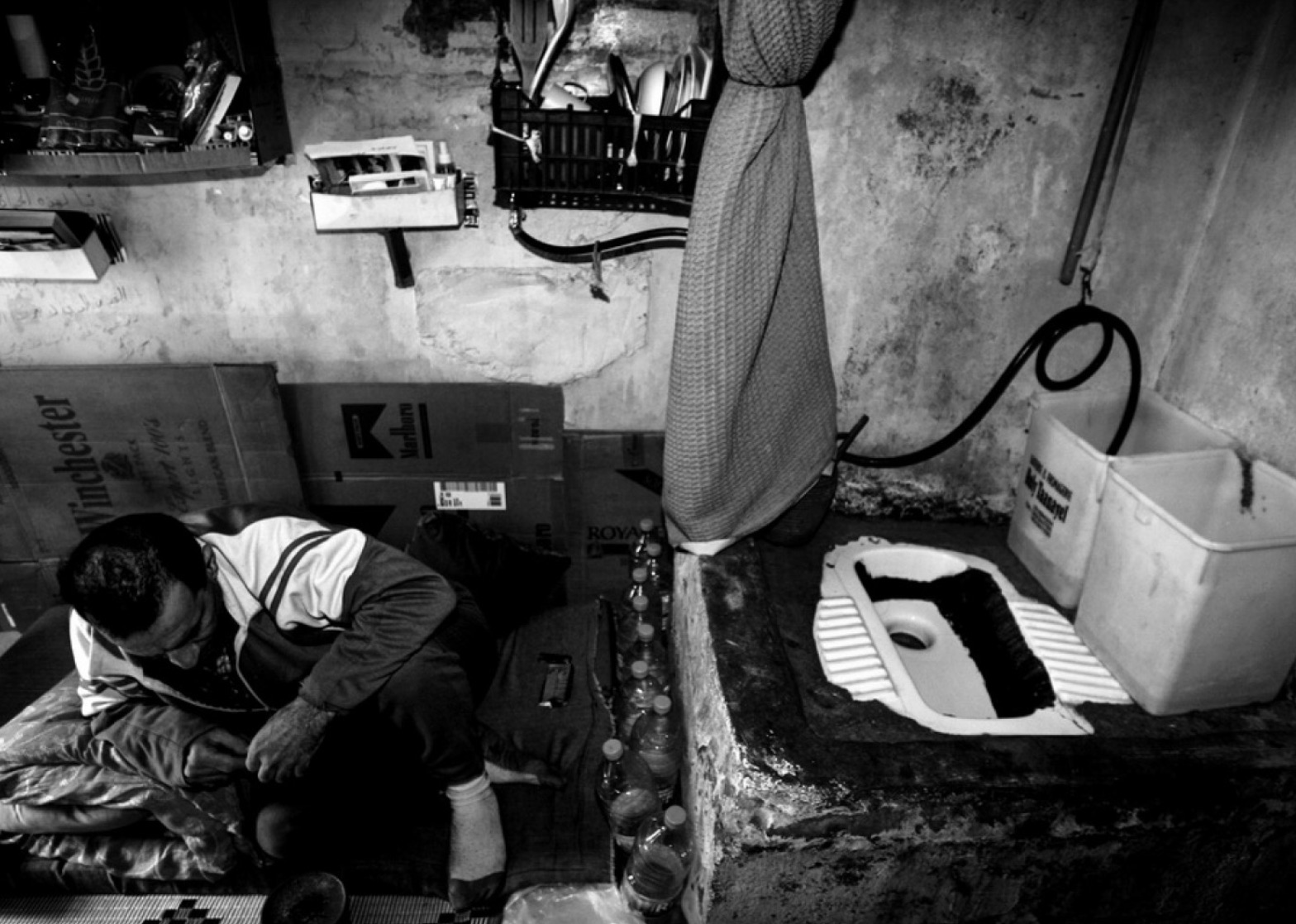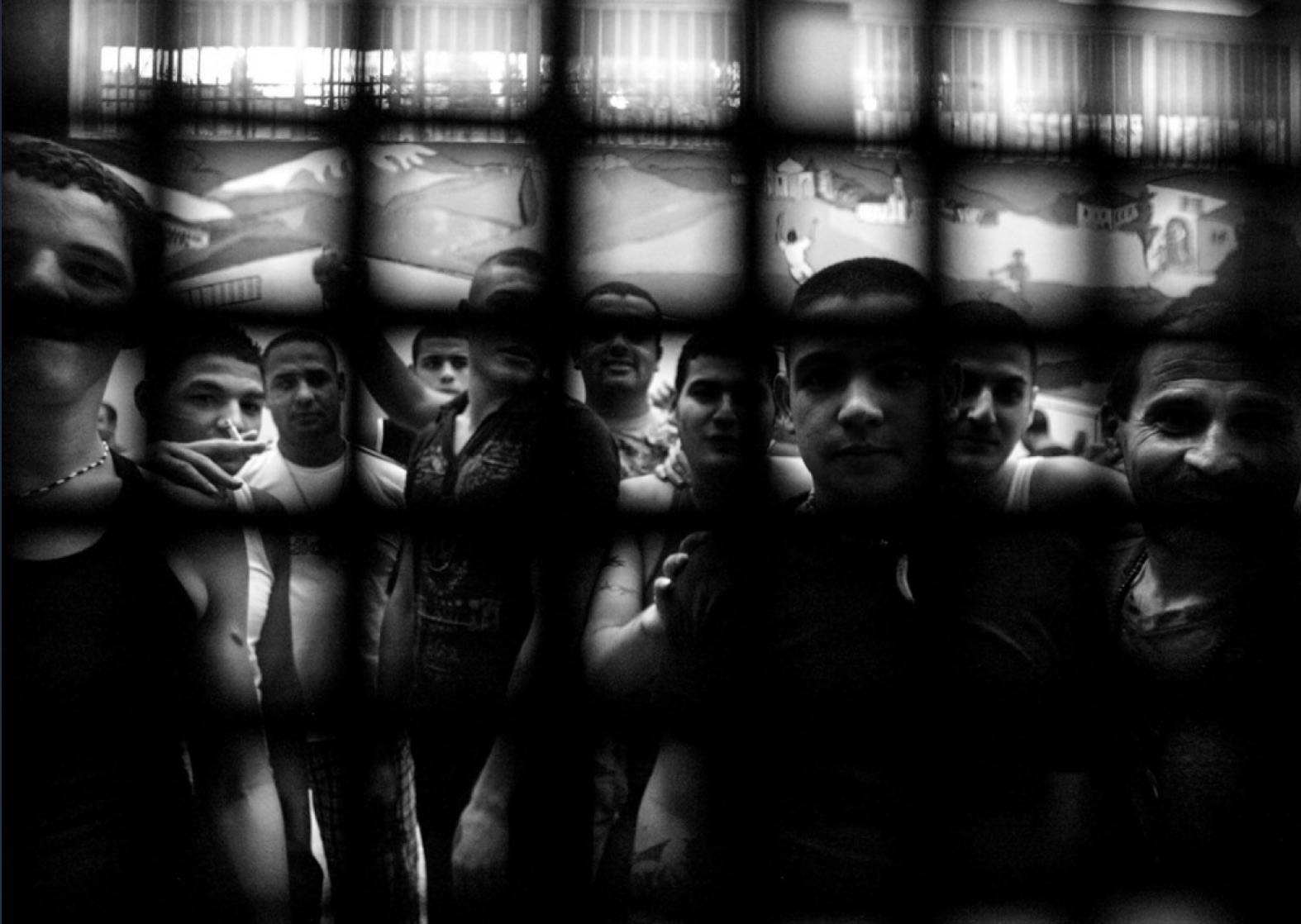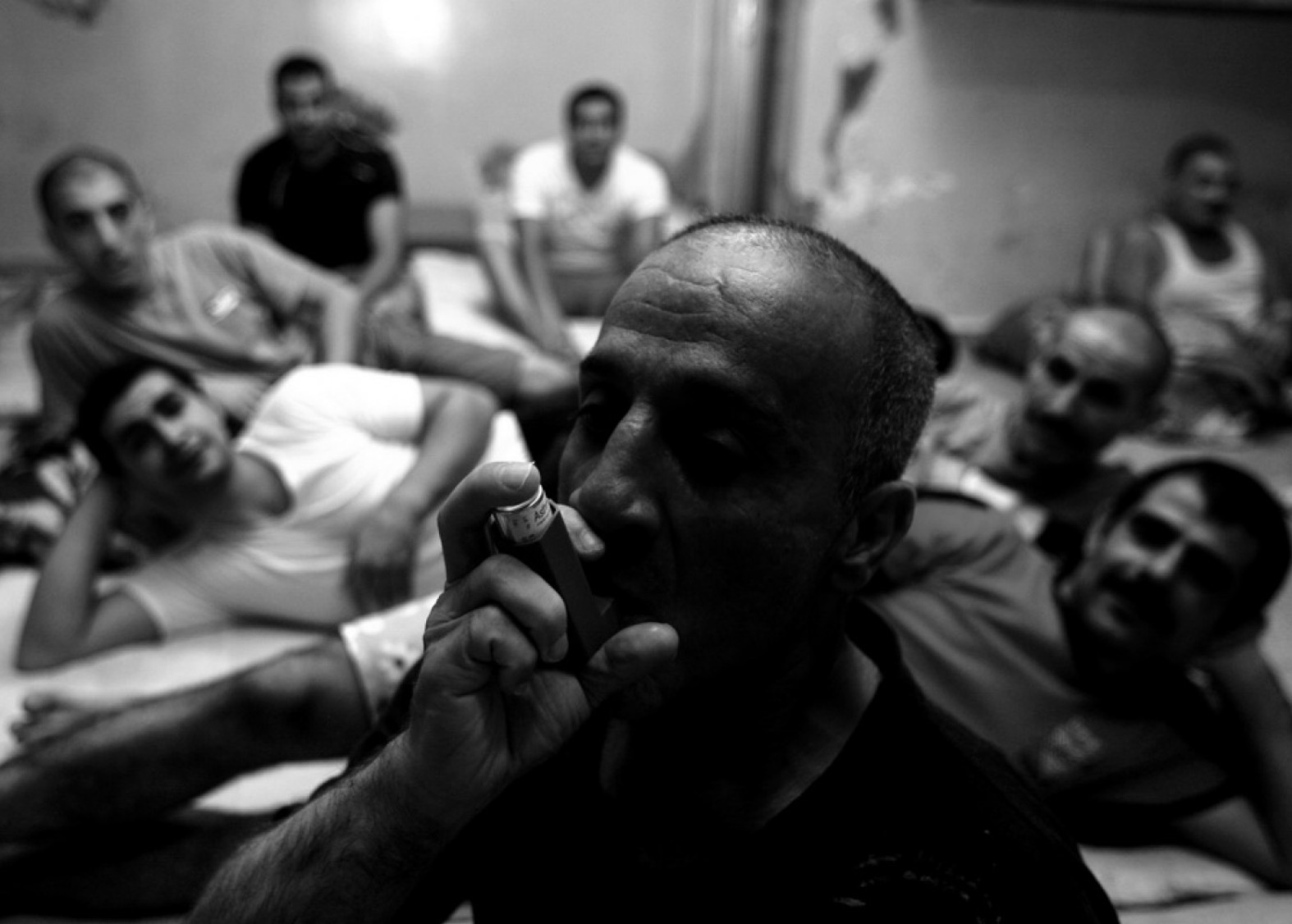LEBANON'S PRISONS
By Haitham Moussawi
This series of black-and-white photographs records moments and scenes of daily life as it is lived from within Lebanese prisons. Wishing to raise awareness about "what happens inside these places and how the inmates live," Haitham Moussawi photographed 23 places of detention located in regions throughout the country. Each one of the collection's 20 photos is untitled, and refrains from identifying the prison in which it was taken. Yet irrespective of this anonymity, the prisons depicted are—in essence—indistinguishable in the sense that they are all, according to Moussawi, characterized by “poor sanitation, … overcrowd[ing], and little regard [for] basic human rights.
The physical infrastructure of the Lebanese prison system has, for decades, proven gravely insufficient and unsatisfactory. Of the country's 29 official places of detention, only two—Roumieh and Zahle prisons—were expressly designed to serve as penal facilities. The remaining sites—which were originally intended and previously utilized as police stations and warehouses—are located in the basement of military barracks; inside office spaces and centers of various branches of the security forces; and in dilapidated serails dating back to the Ottoman era. In practical terms, this means that the vast majority of prison cells are presently devoid of proper ventilation and daylight, much less heating and air conditioning.
The adverse implications of these structural incongruities are sharply exacerbated by severe overcrowding. Although precise, up-to-date statistics are not publicly available, various United Nations agencies and non-governmental organizations have placed the total number of prisoners between 6,000 and 6,500. This population size significantly exceeds Lebanon's officially stated capacity, which stands at 3,500 detainees. Roumieh prison alone—the most notorious in the country—currently holds some 4,000 inmates, nearly four times more than the 1,050 for which it was designed. This extreme pressure has placed sewerage and waste management at the forefront of the countless issues plaguing Lebanon's prisons. Adequate sanitation is further compromised due to an acute shortage of drinking water, as well as water used for bathing and washing clothes.
Moussawi's photographs attest to a host of other degrading conditions as well, including a lack of bedding, inadequate meals, deficient medical services and mental health treatment, and an absence of educational activities and opportunities for physical exercise. Reaching the end of his three-year project, Moussawi arrived at one overarching conclusion: "Prisons in Lebanon are worse than prisoners."
